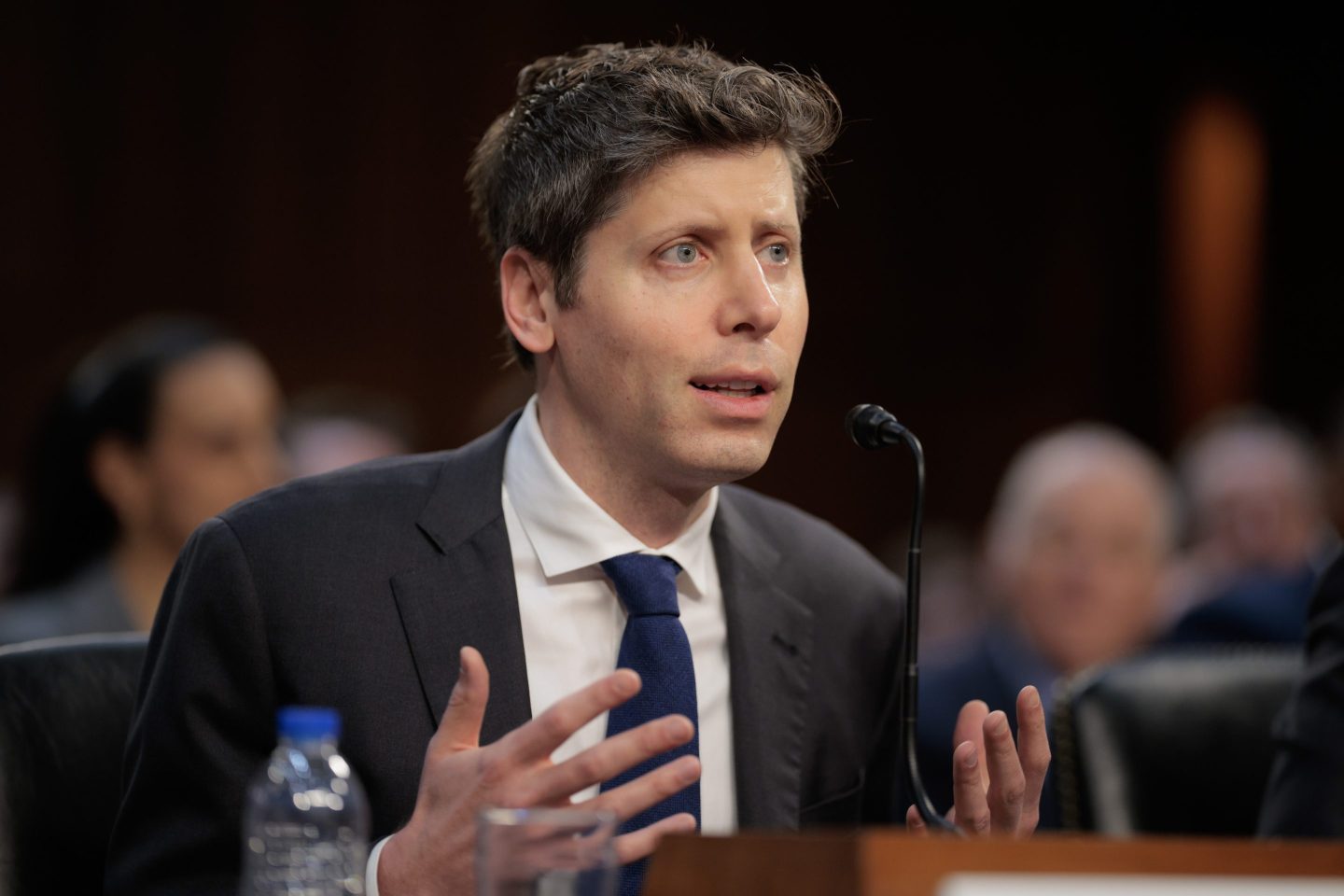Over the past 18 months, companies worldwide have come together in new and collaborative ways to solve the problems posed by COVID-19, including everything from creating vaccines to solving supply chain bottlenecks for critical products like soap and hand sanitizer.
While many organizations were able to pivot quickly to meet the challenges, female leaders in the health and medical industry told Fortune‘s Most Powerful Women roundtable discussions Thursday that collaboration was key to finding solutions.
“In healthcare, our mission is really very big and helping change the trajectory of human health. And we often have very big and complex issues to solve. The days where we could solve problems on our own are really gone, and collaboration has really become the way to do things,” said Luani Alvarado, worldwide vice president of human resources for Johnson & Johnson Consumer Health.
But “radical collaboration,” as Unilever’s chief human resources officer Leena Nair calls it, is a mindset that takes effort—it doesn’t just happen. “There’s perseverance behind collaboration,” she told conference participants.
Unilever, for example, has been collaborating not just across its 150,000 workers spread across 190 countries, but also with non-profits, governments, and other businesses. “We are the makers of soap and sanitizers—there’s never been a greater time for soap in the world than now,” Nair said. During the course of the pandemic, Unilever set up 600 facilities to create soaps and sanitizers, she said. Before the pandemic, an operation of that scale would have taken the corporation months of approvals, but it was done in days thanks to teamwork.
And the willingness to innovate has also been key, said Priya Singh, chief strategy officer at Stanford Medicine. Before the pandemic, the health system was only performing about 1,000 virtual doctor’s appointments a month, she said. Now that’s up to about 3,000 a day throughout the system, or about 30% to 40% of total visits.
“We found ourselves in situations where even neurologists were willing to do virtual visits and find new ways to go through processes. Everyone was willing to innovate,” Singh said.
The challenge, however, will be to keep that momentum going. “Some of this rapid progress that we’ve made in innovating how we deliver health care will naturally stay with us. And some we must continue to work on to keep that momentum going,” Singh said.
In fact, now more than ever, people are really looking for that higher purpose in the work they do, said Ann Powell, global head of human resources at Bristol Myers Squibb. So while the crisis has brought these service values to life and really called for a lot more speed and agility, Powell said it’s also an important tool for talent recruitment and retention for companies to keep these themes alive going forward
“Now the question is going to be, how can we integrate these learnings into the DNA of how we work,” Powell said. “We have an obligation and almost a responsibility, as we move forward, whatever the future holds, to not slip back to where we’re comfortable.”
More must-read business news and analysis from Fortune:
- A supply shock is about to hit the housing market—the question is how big?
- Frustrated carmakers upend industry after chip shortage shatters their faith in suppliers
- Open letter from ex-employees at Jeff Bezos’s Blue Origin alleges a “toxic” and “sexist” work environment
- She ran Bumble’s IPO while being treated for breast cancer. Now she’s becoming a CEO
- Highly-vaccinated, but more cases than ever: Singapore shows the world what “endemic” COVID might look like
Subscribe to Fortune Daily to get essential business stories straight to your inbox each morning.












